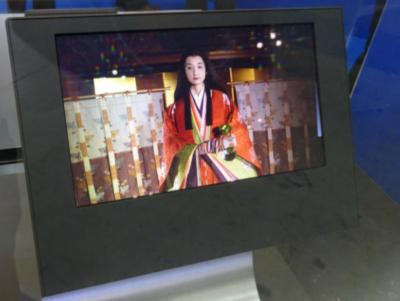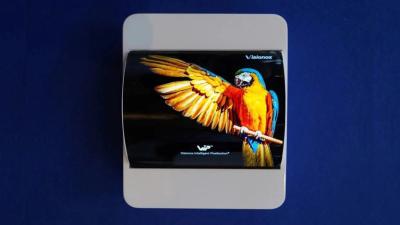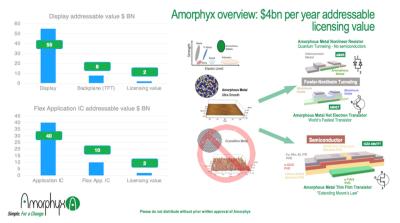Reports from Korea suggest that Samsung Display is interested in acquiring SEL's mask-less OLED production technology
According to reports from Korea, Samsung Display is interested in acquiring OLED IP and patents from Semiconductor Energy Laboratory (SEL). These patents detail an OLED production process that does not require the use of fine metal mask (FMM) evaporation.

The use of FMM to deposit and pattern OLED displays is seen as a major setback towards higher density OLED displays, and it also limits the aperture ratio. It is no wonder that Samsung is interested in such technology, as other display makers have developed similar technologies that offer massive performance boost over the standard FMM process.






